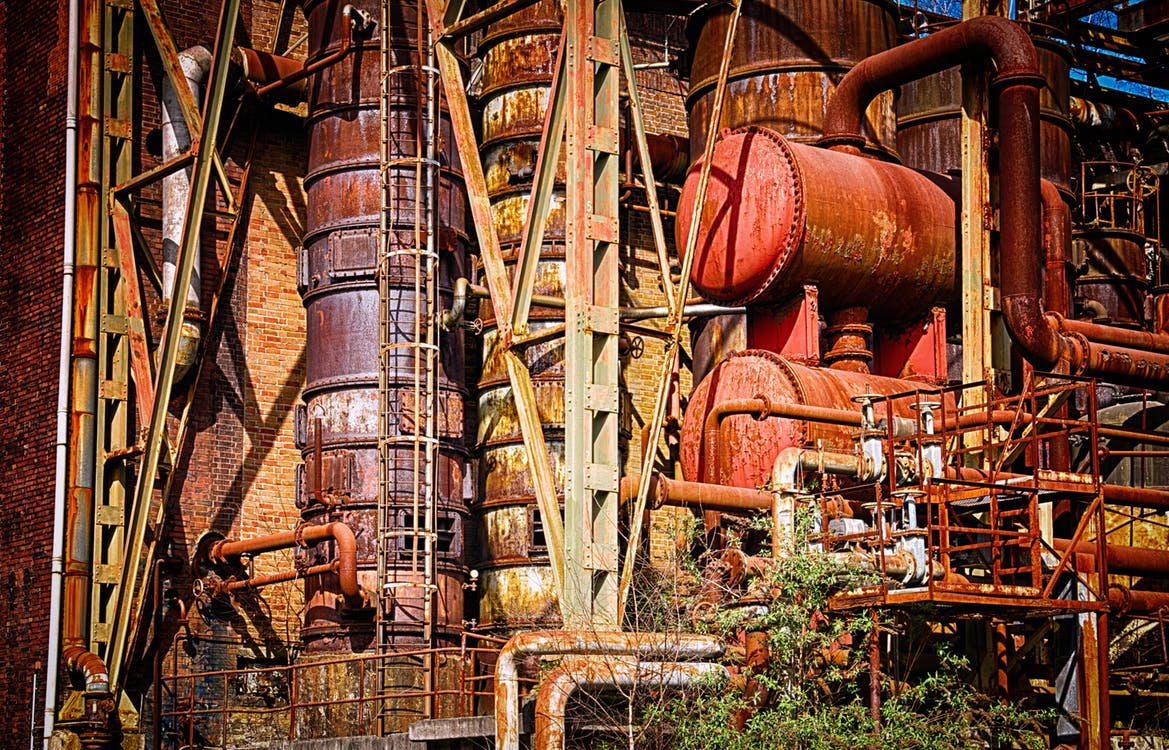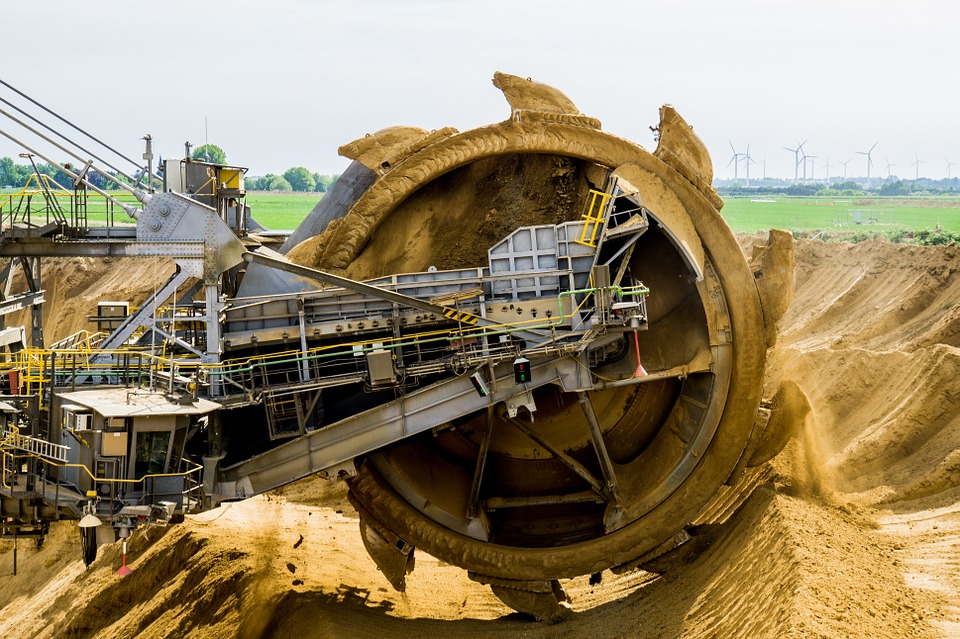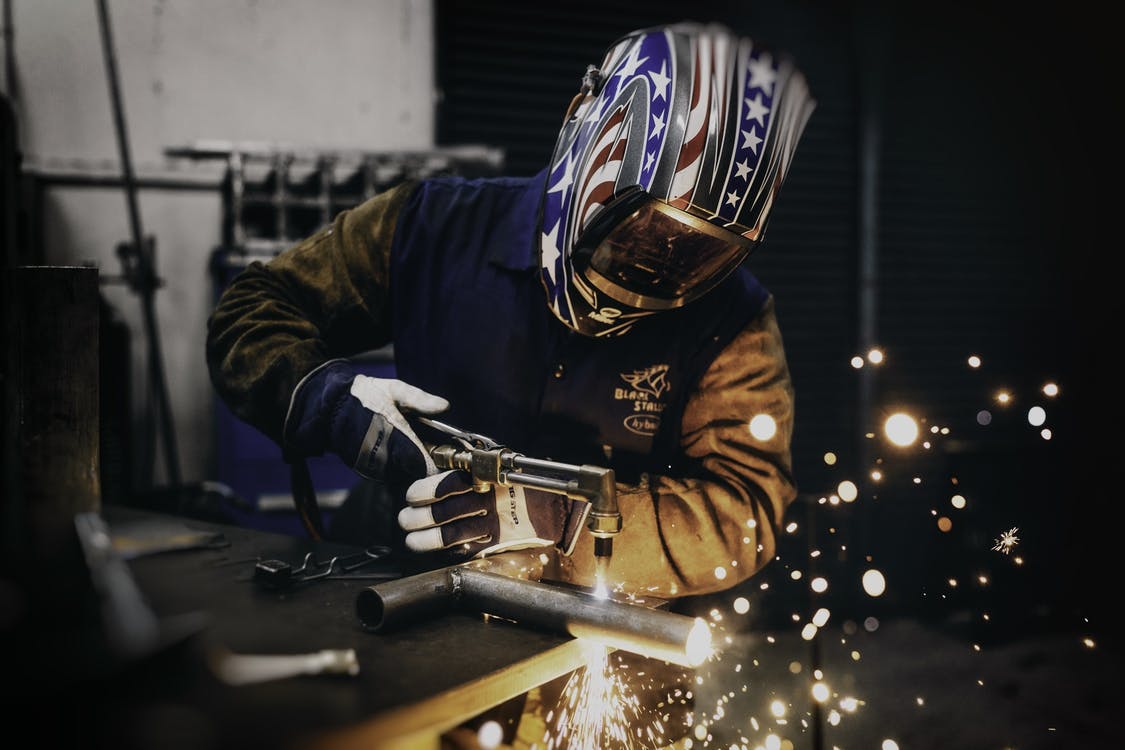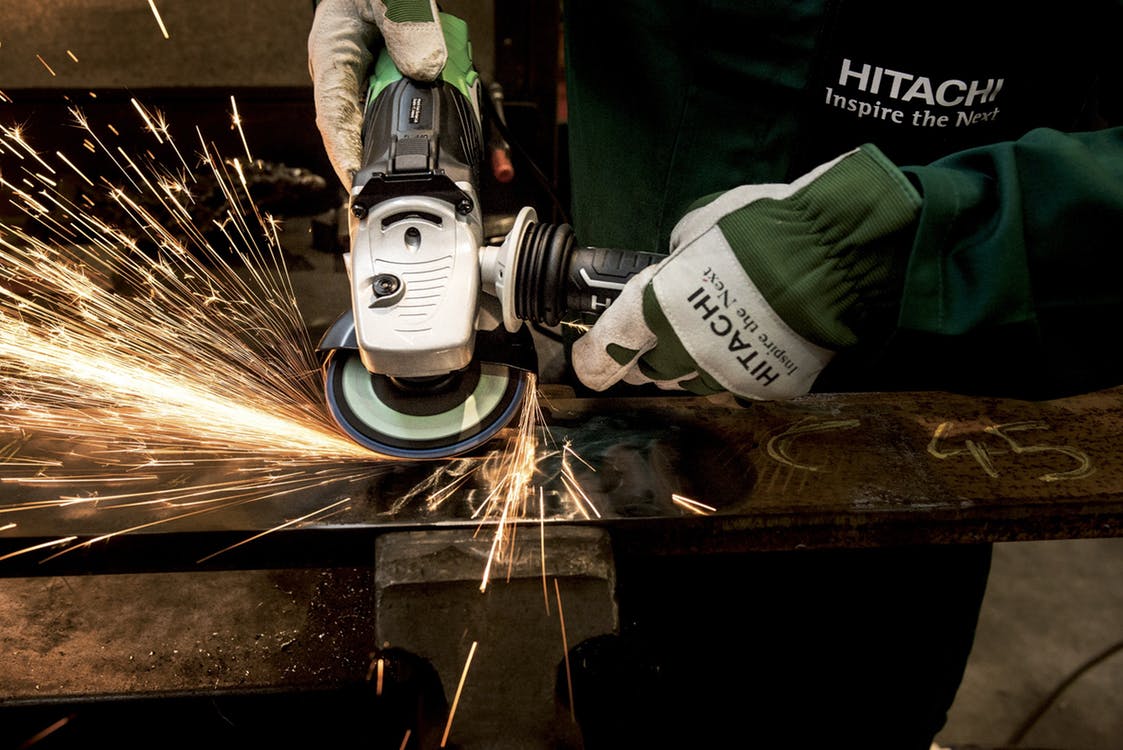5 Benefits of Automated Mining
Mining businesses the world over are quickly adopting the latest innovations in the world of automated mining technology in order to modernize their operations. For example, in Rio Tinto, Australia, four iron mines make use of 73 driverless trucks in order to mobilize the minerals all 24 hours of the day. Employees supervise the vehicles from 1.200Kilometers away, at the Rio Tinto control center located in Perth.
On the other hand, almost 14.000 Kilometers west, Boliden, a Swedish mining business, is working with the Ericsson mobile phone company in order to build an autonomous gold mine. The 5G network that Ericsson installed on site allows the mine’s ventilation system to save up to 18 megawatts in its yearly use of energy, with represents a 54% improvement in efficiency.
In the United States, mining company Barrick Gold Corporation joined Cisco Systems in order to integrate Wi-Fi sensors to the mines near Elko, Nevada, in order to track production in each mining project. Barrick is making use of this and other automated technologies to reach its goal of diminishing the costs of production for each ounce of gold to 700USD.
Finally, in Africa, mining companies Randgold Resources and AngloGold Ashanti make use of robotic chargers located 800meters under the project’s surface, alongside Kibali Mine, in order to boost production and improve worker safety conditions.
Benefits of automated mining
Automated technologies offer certain benefits that simply cannot be overlooked. Companies that make use of automated mining technologies will notice an immediate, significate increase when it comes to production – as well as a less expenses. Some companies have seen production improve between 15% and 20% after adopting new technology.
The industry will also benefit from a noticeable increase in safety. Through the use of automated equipment that can be used in dangerous, remote areas, mining companies can send less workers underground, thus enjoying increased production while diminishing the risk to the life of employees. For example, after implementing automated technologies in several of its African mines, Randgold Resources saw an improvement of 29% when it comes to quarterly reports of injuries.
It is expected for this rapidly-changing scene to provide substantial value to the mining sector and its stakeholders. Reports suggest that the combination of increased production and safety alongside the diminished expenses can make the automated mining market grow almost 50% in the next six years, reaching 3.290 million dollars come 2023.






